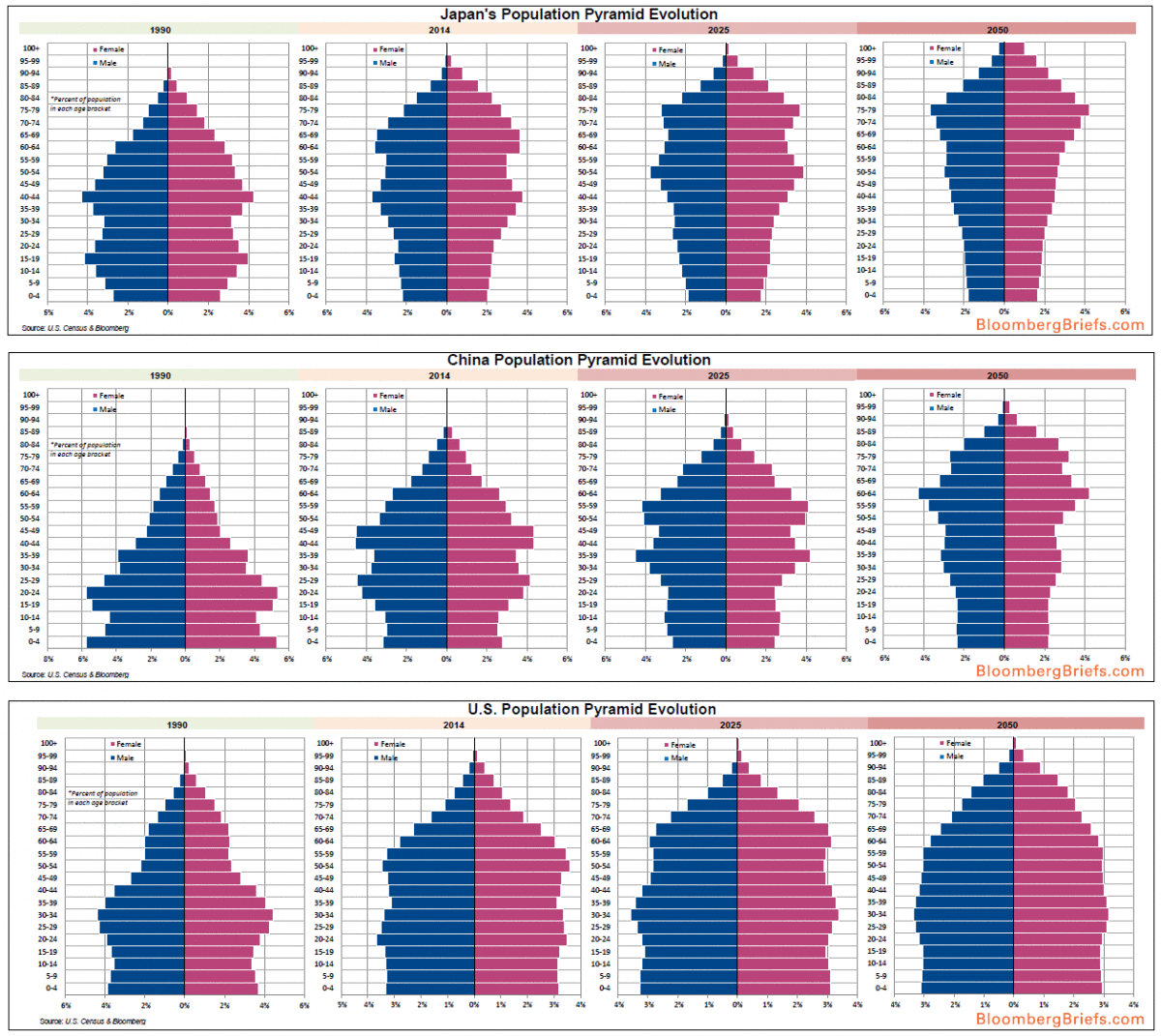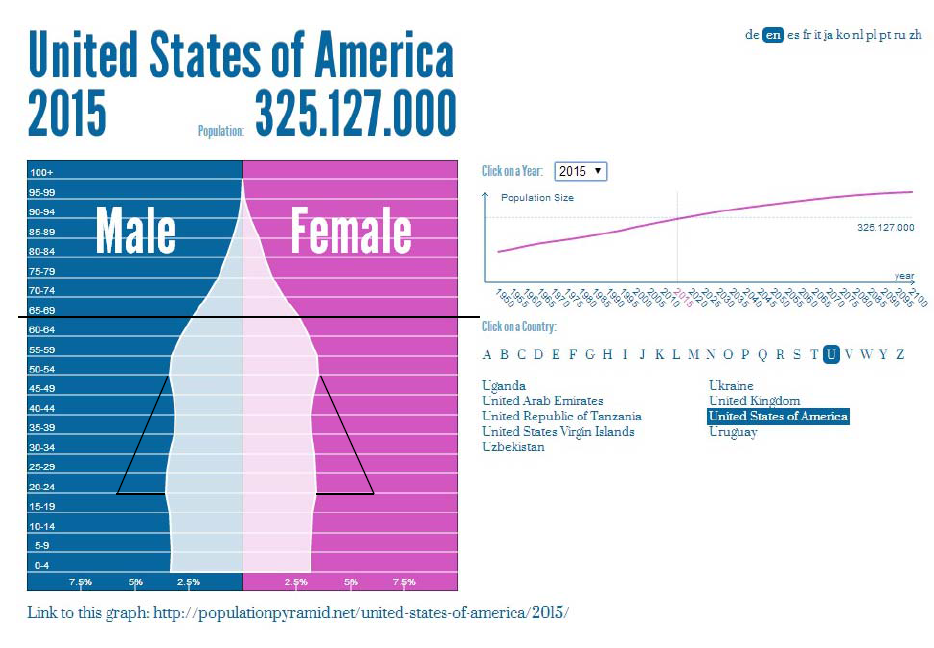July 1, 2014
Bryan Baumgart
Chairman, Douglas County Republican Party
The United States is not alone in its struggles to replace an aging workforce and the important tax revenue attached to it. As America continues to “gray”, it must find a way to care for its aging population. While other countries such as Japan and China struggle to find a solution (see charts below), the United States has a distinct advantage in that immigrants continue to flock to this country seeking freedom and opportunity.
The facts are undeniable. Our country is quickly sinking in
debt, Social Security and Medicare are rapidly approaching insolvency, and the ever
increasing number of laborers leaving the work force only compounds the problem
our country is facing. A healthy immigration policy is key, not only to fill
the labor demands of American businesses, but to effectively care for our aging
population.
“Neither Medicare nor Social Security can sustain projected long-run programs in full under currently scheduled financing. Both programs will experience cost growth substantially in excess of GDP growth through the mid-2030s due to rapid population aging caused by the large baby-boom generation entering retirement and lower-birth-rate generations entering employment and, in the case of Medicare, to growth in expenditures per beneficiary exceeding growth in per capita GDP.”
Because US birth rates are not sufficient to fill the void
left by an aging American workforce, immigration reform with an emphasis on
targeted immigration continues to be our best viable solution. Targeted immigration
provides a fighting chance for both Social Security and Medicare by filling in
the voids of the population pyramid (see below).
The follies of failing on immigration
reform
An aging workforce is not the only increasing burden
American taxpayers must confront. Our
current immigration policy has led to an estimated 14 million plus undocumented
immigrants currently residing in the United States, often living at the expense
of American taxpayers.
A recent
story in the Washington Post explored the burden placed on school budgets
by the rising percentage of students who qualify for subsidized meals and extra
English instruction:
“Immigration reform could help families more easily attain legal status and begin adding to the tax base.”
Some of the most vocal opponents of immigration reform decry propping up benefits for noncitizens at taxpayer expense. Ironically, these same critics then turn around and oppose allowing their participation in the system.
The undeniable facts remain. Our current immigration process
has left us with 14 million undocumented immigrants. Most of which are
hardworking, law abiding, family and faith oriented individuals who came
seeking the same opportunity and pursuing the same happiness that our ancestors
sought. Their children, born in America know no other country or way of
life.
Logic tells us that deportation is not an option, nor should
it be. Past attempts to solve the problem through amnesty have obviously
failed. Construction of a border fence will certainly prove futile as the human
spirit cannot be held captive by a fence or means of force. Immigrants will
continue to flock to this country seeking freedom and opportunity with the same
furor that drove our ancestors to risk all in the pursuit of a better future.
The solution is to address
the failing immigration policy that has caused this problem in the first
place. The legal process must first be simplified in order to act as an
incentive rather than a deterrent. Once effective reform of the legal process
is achieved, undocumented immigrants should be allowed to self-report and enter
into that legal process…AT THE BACK OF THE LINE. Temporary citizenship should
be granted during this time in order to avoid tearing families apart and other
unnecessary societal distress. Rather than living at the expense of American
taxpayers, immigrants would be welcomed out of the shadows and could pull their
own weight becoming contributing taxpayers themselves. Immigration should then be targeted at filling
the labor demands of American businesses. It’s a problem with a rare win/win
solution.



